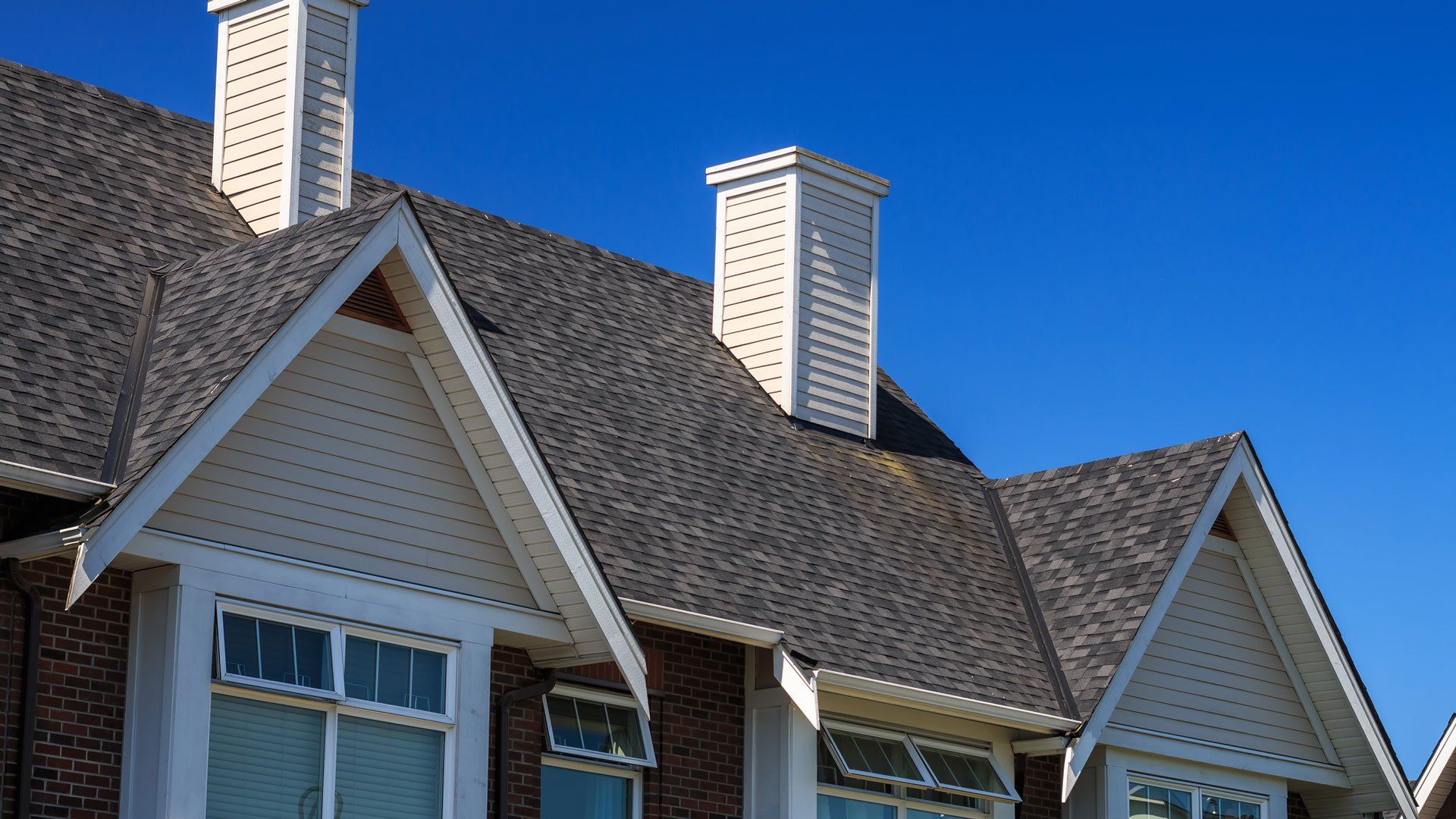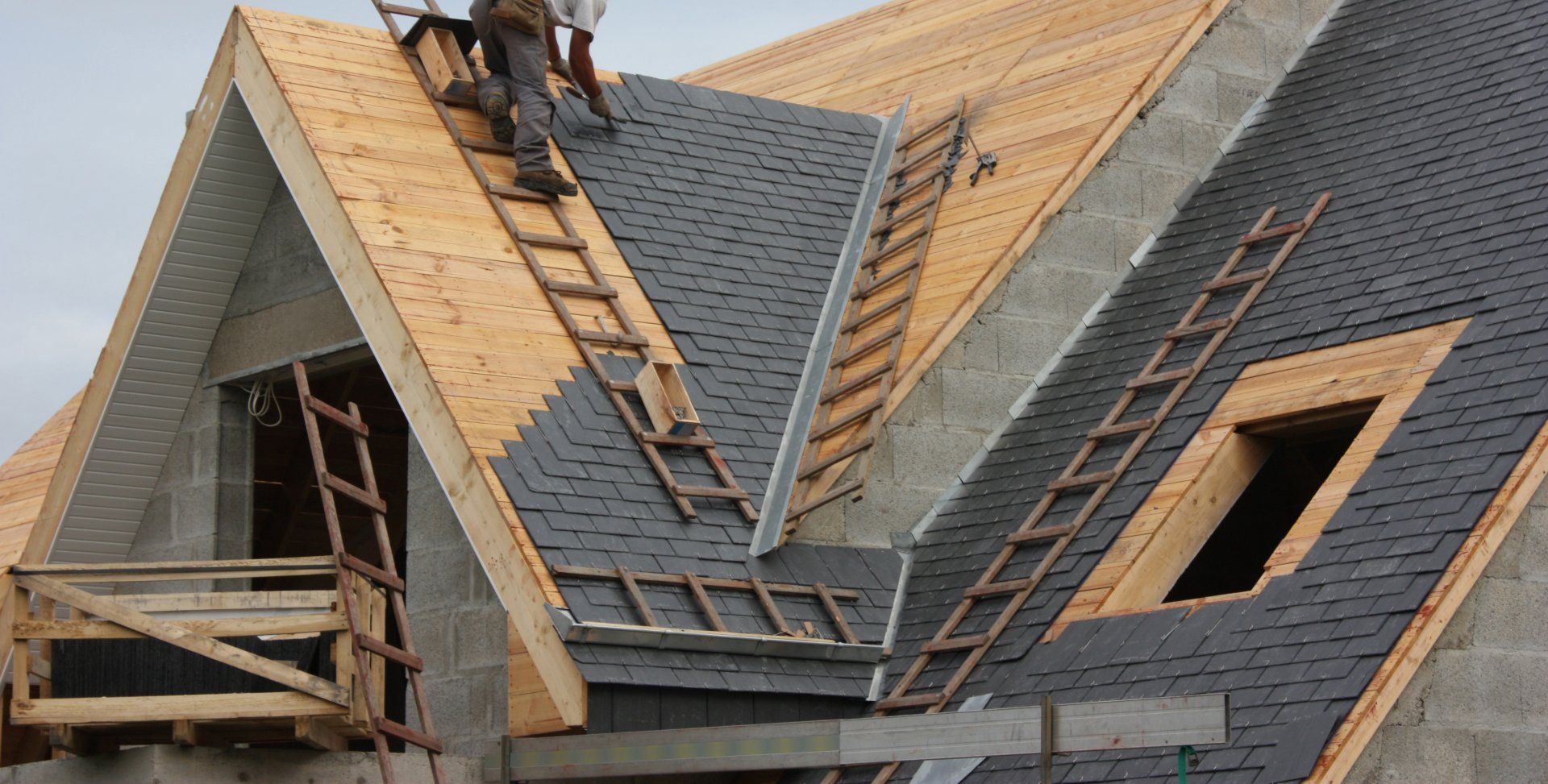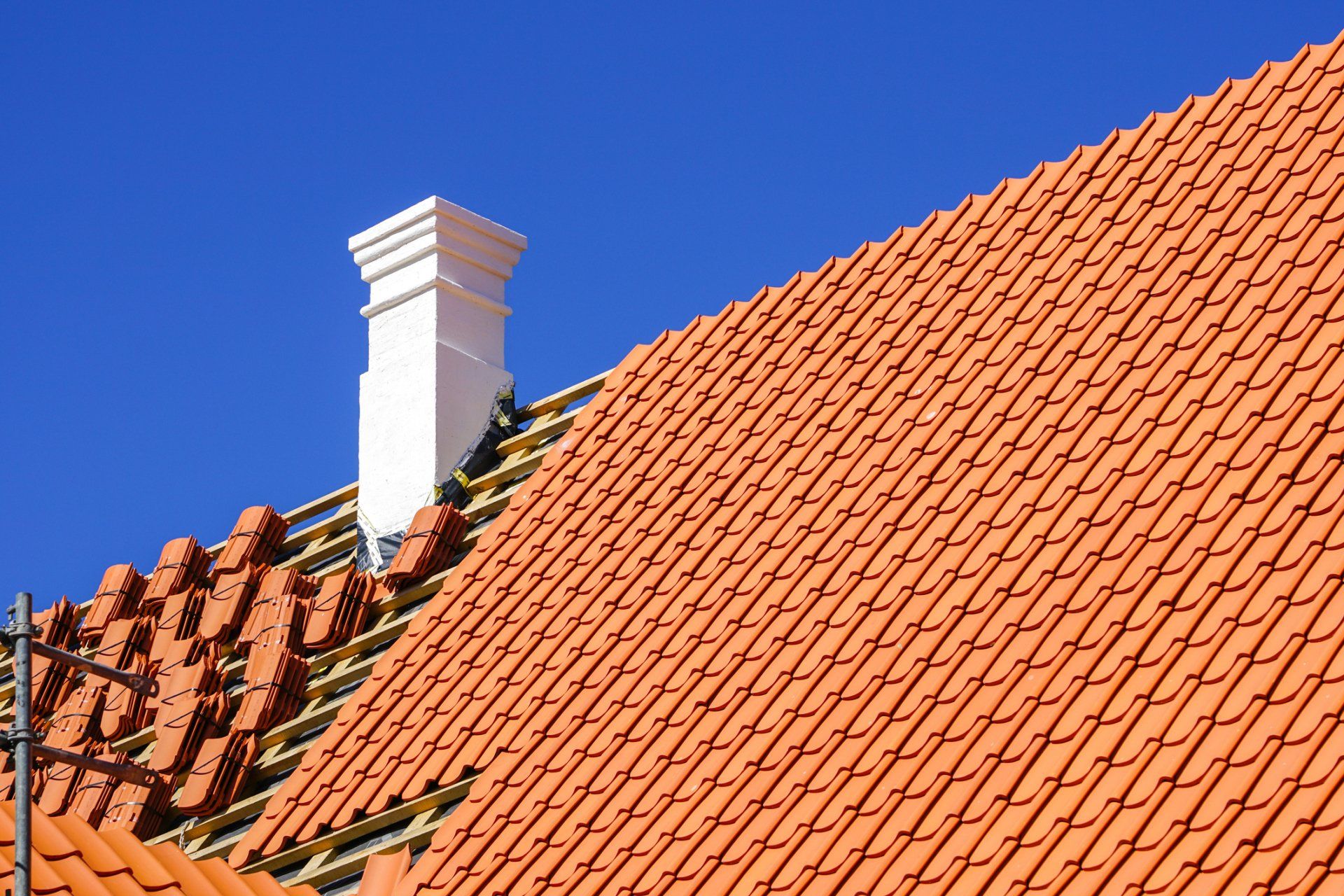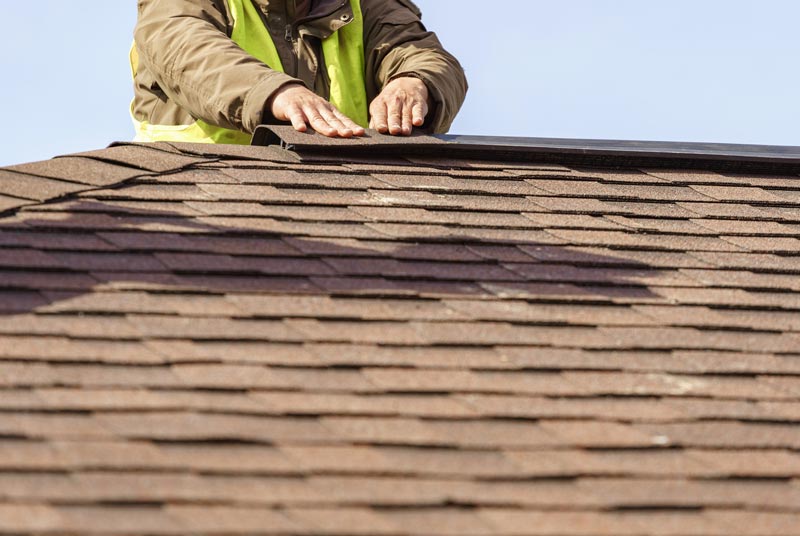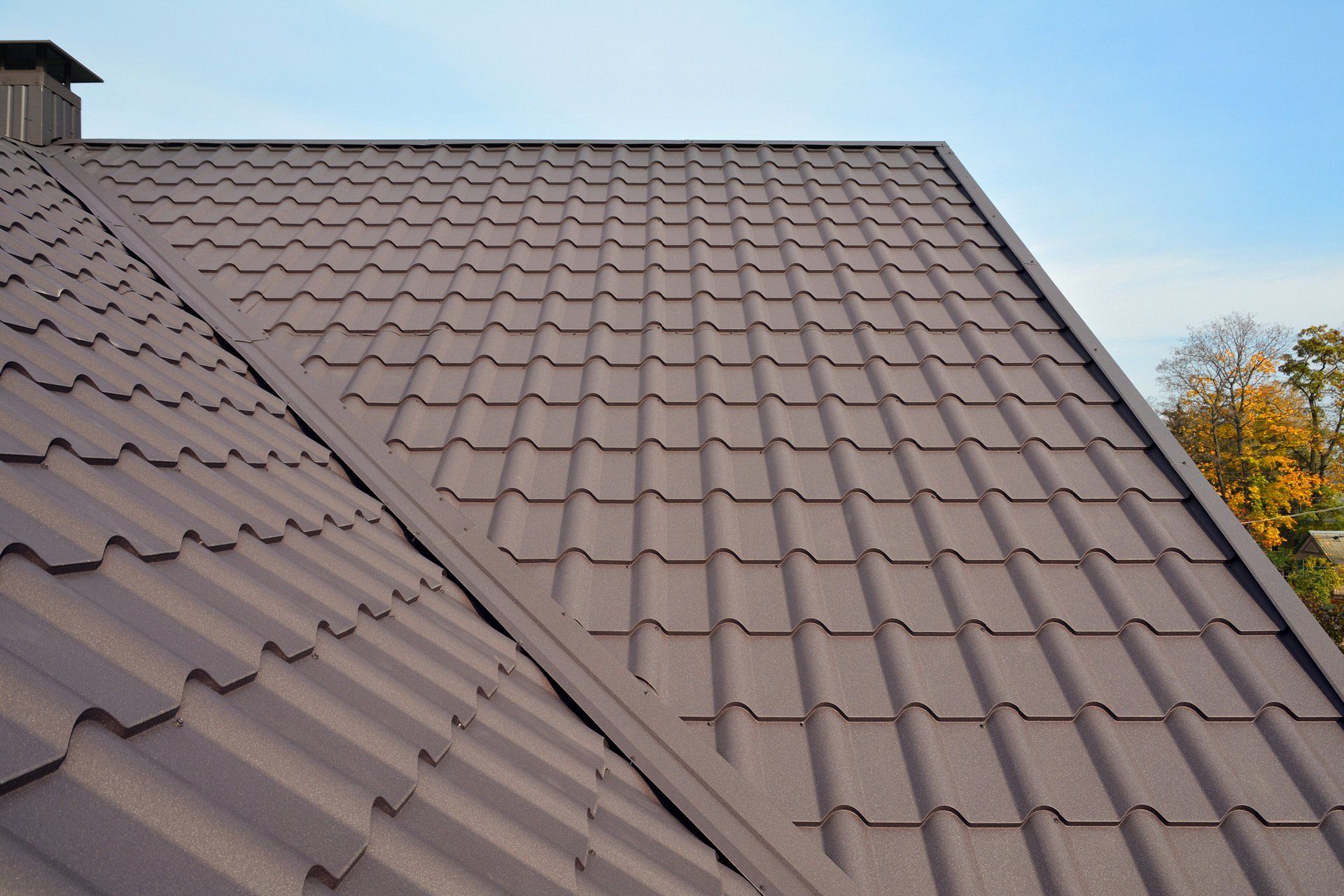4 Important Features of Your Roof
Admin • May 13, 2020
You may not think about your roof much, especially if it seems to work fine. However, even if it doesn't seem like your roof is damaged, it may have an underlying issue. For this reason, every homeowner needs to fully understand all the important features of their roof. If you want to better protect your roof, keep reading to check out four important features of your roof.
1. Shingles
The shingles are the roof's first layer of protection against the elements, and they come in several forms. Asphalt shingles are one of the most popular because of their affordability, but they don't last as long as other options, and they are prone to moss growth. Additionally, wood shingles require a lot of maintenance to prevent rot and decay.
More expensive options like metal and slate will last much longer. Plus, they are not prone to decay and moss. Regardless of the type of shingle, however, you need to keep the roof clean. Debris on any type of roof increases the risk of standing water and slow drainage.
2. Underlayment
If water gets under the shingles, it is greeted with a moisture barrier. Felt-paper used to be the go-to underlayment material, but now roofers use a synthetic underlayment, which is more effective and lighter. The synthetic underlayment also lays flatter than the old felt-paper ones, which makes the shingles easier to install.
For the most part, roofers use two layers of underlayment. The first membrane is waterproof, and it is installed around the perimeter of the roof to better protect the roof from ice and water. You can also install this membrane anywhere water may gather, such as in valleys, or around anything that penetrates the roof, like vents and skylights.
The rest of the roof is covered with a second underlayment that is tear- and water-resistant.
3. Flashing
While the underlayment protects the roof from the underside, the flashing protects it from the outside. Flashing is usually made from aluminum, copper or steel, and it is installed anywhere something penetrates the roof, such as a skylight or the chimney.
Flashing is also placed anywhere that may be susceptible to water, such as in valleys and the edge of the roof near the gutters. You can attach flashings to the roof with a sealant, but some roofers use nails. Flashing doesn't require much maintenance, but if it starts to develop bends or dents, you should get them repaired to prevent leaks.
4. Gutters
The gutters are an essential part to the roofing system because they help keep water away from your home. As long as you keep your gutters clean, the water easily travels through the gutters to the downspouts. The downspouts send the water toward the road or another area away from your home.
If you neglect to clean your gutters, however, there is a higher risk of water damage around the edge of the roof. If ice dams form on the gutter, they can worsen the problem by forcing the water to stay on the roof. Without gutters (or with clogged gutters), the water simply pours off your roof to the ground around your home. This can ruin the siding, foundation, and landscaping.
Understanding the different parts and features of your roof is important for properly maintaining your roof. Plus, this knowledge allows you to spot damage early, which may save you time and money on future repairs.
If you would like to know more about the various features of your roof and how to maintain them, or if you need to request a quote for a new roof, contact us
at Whittle's Roofing Co., Inc., today.


